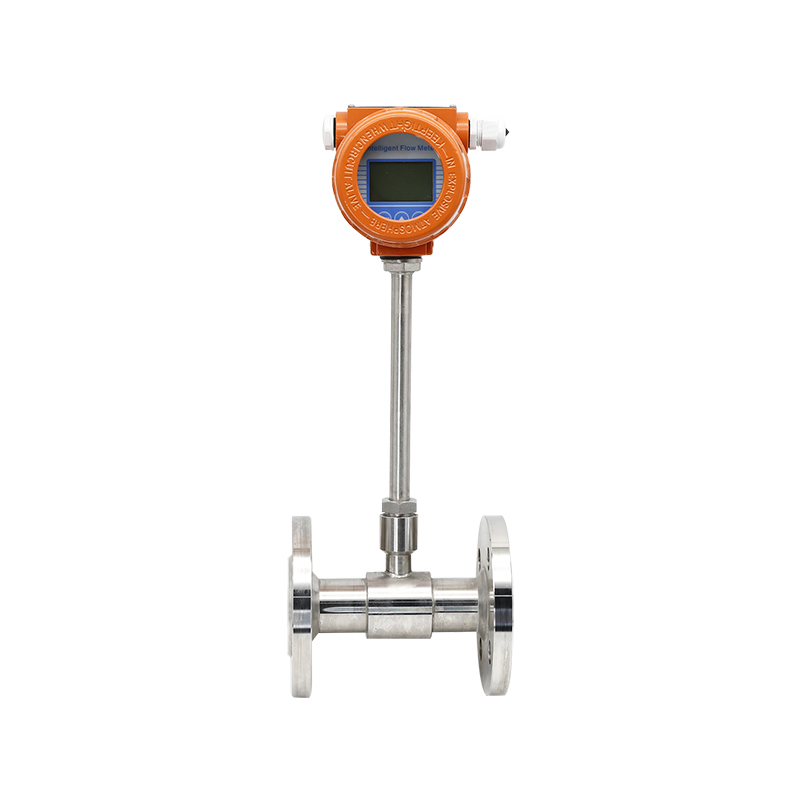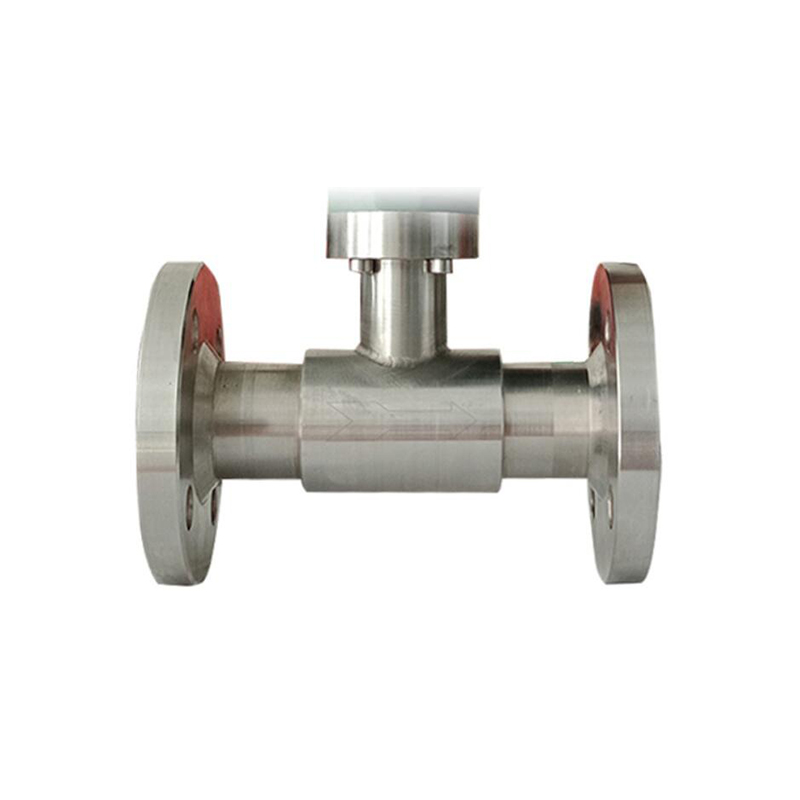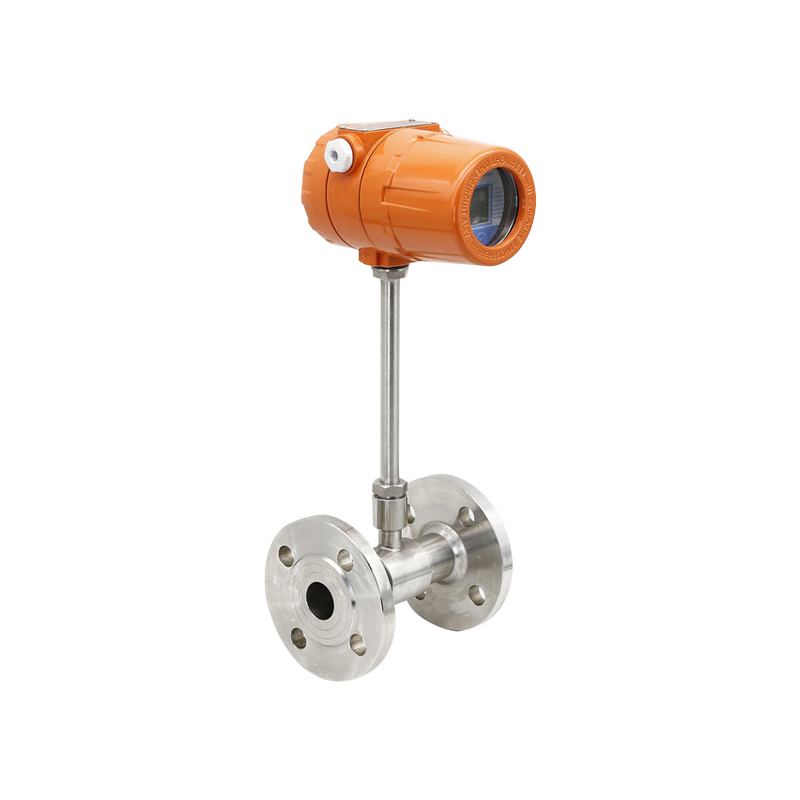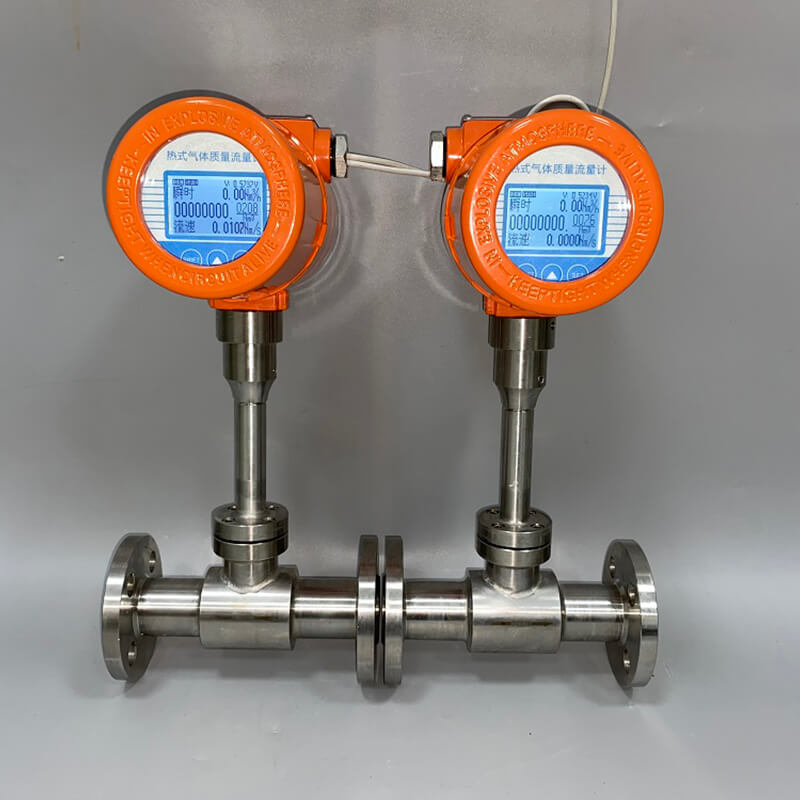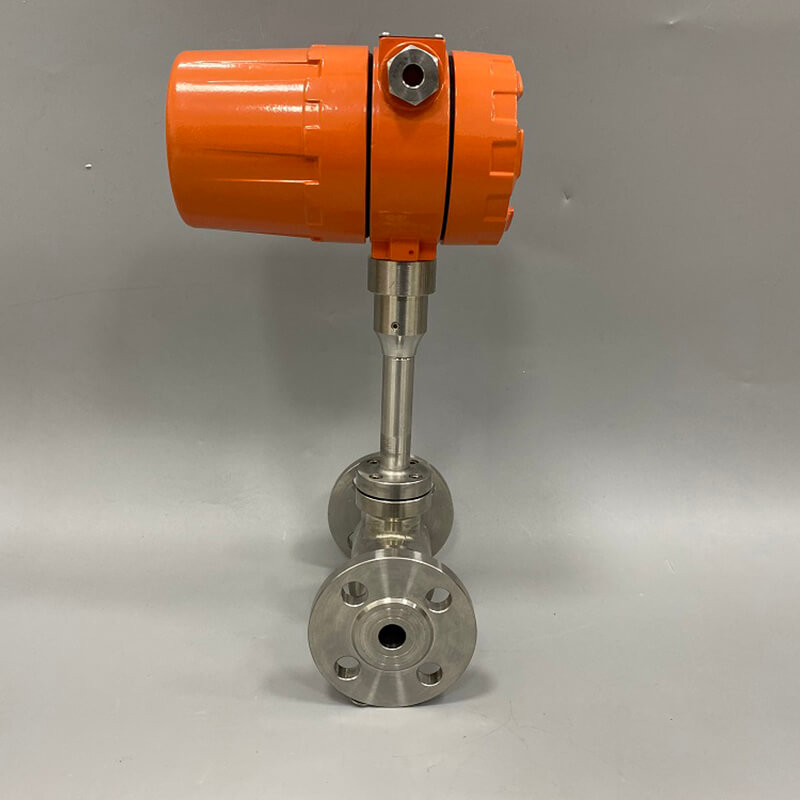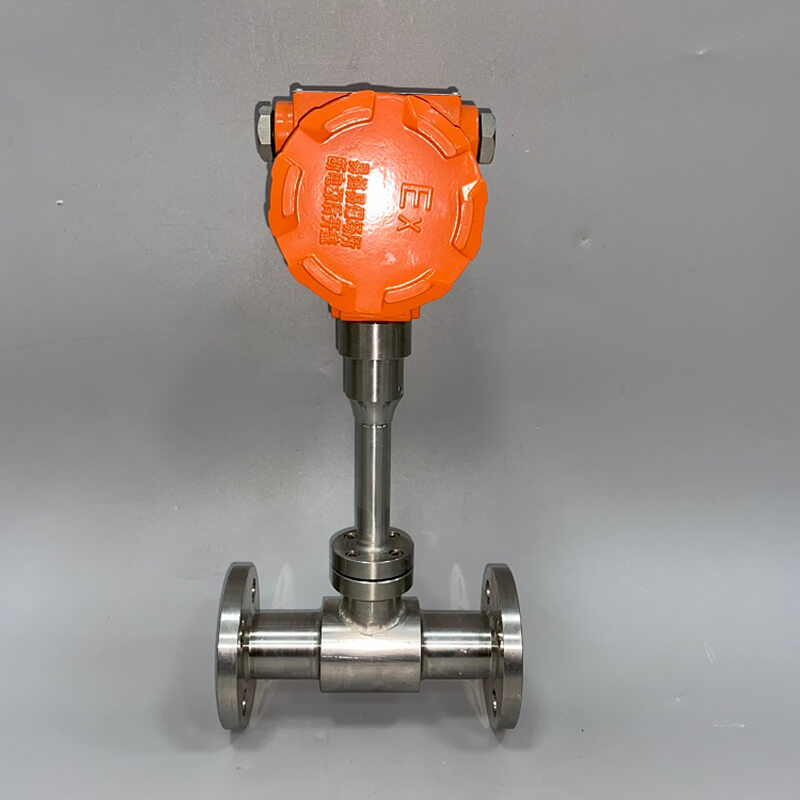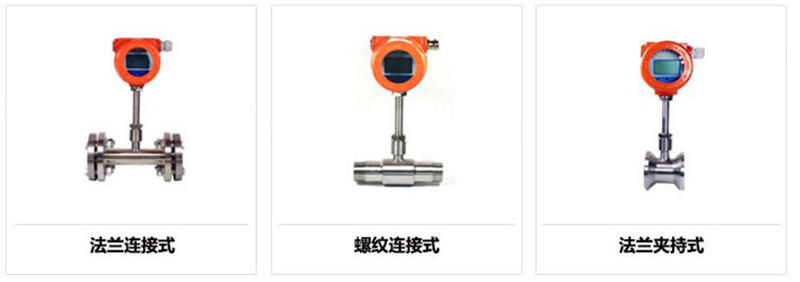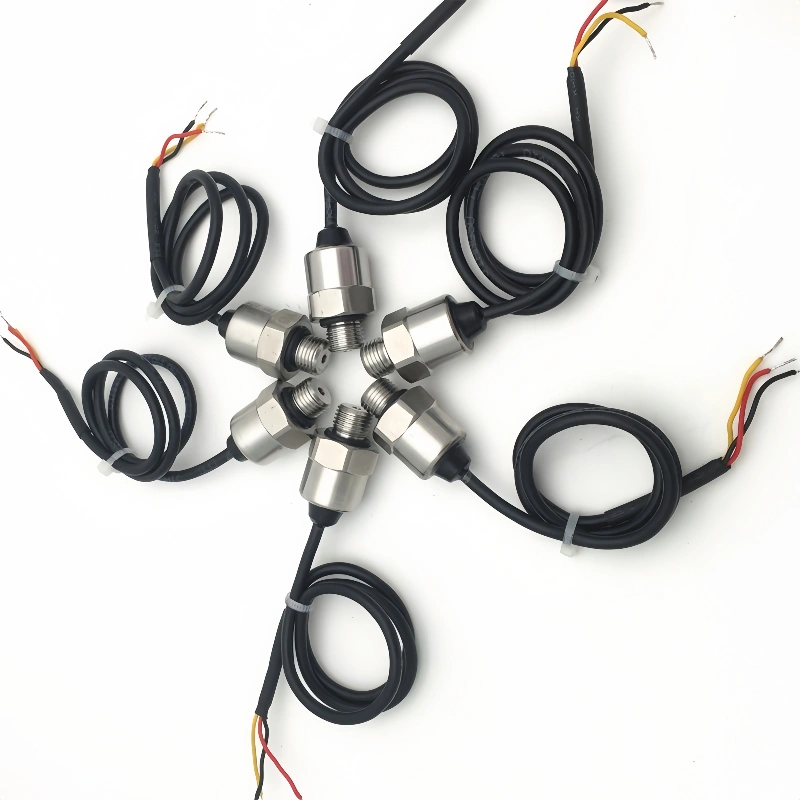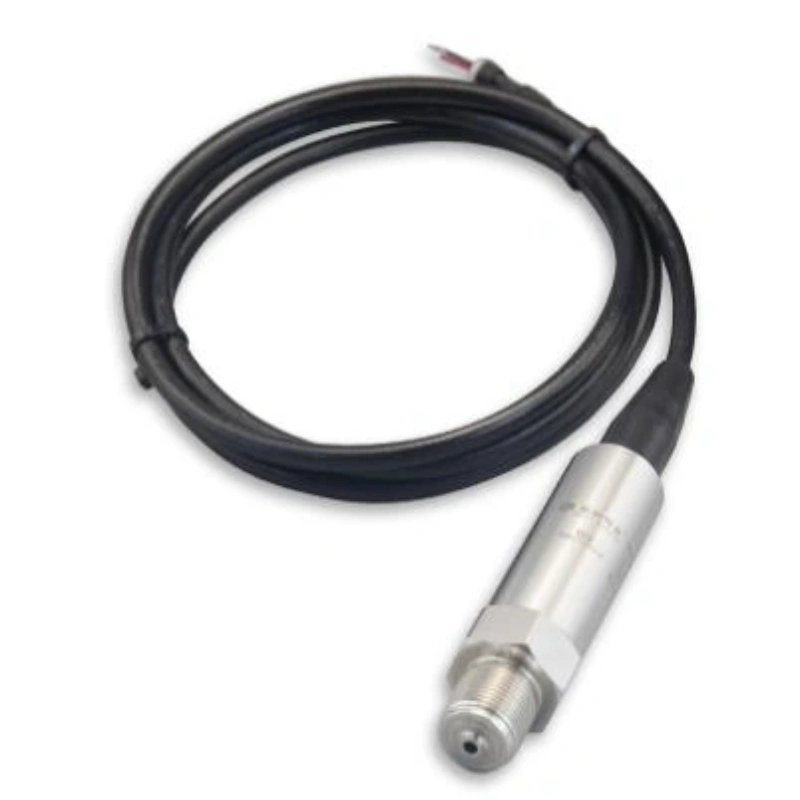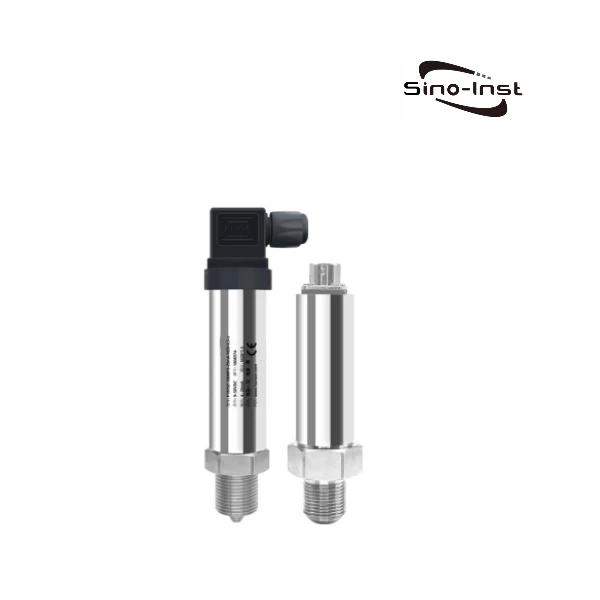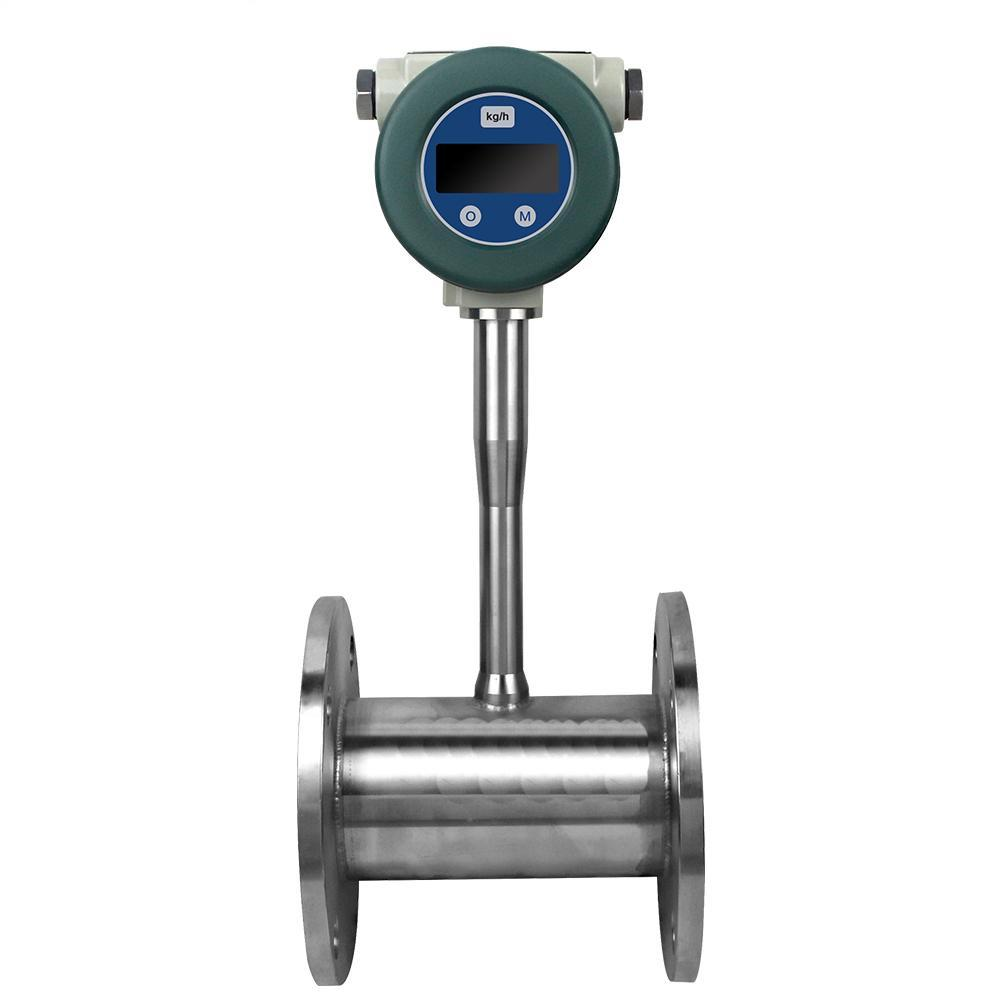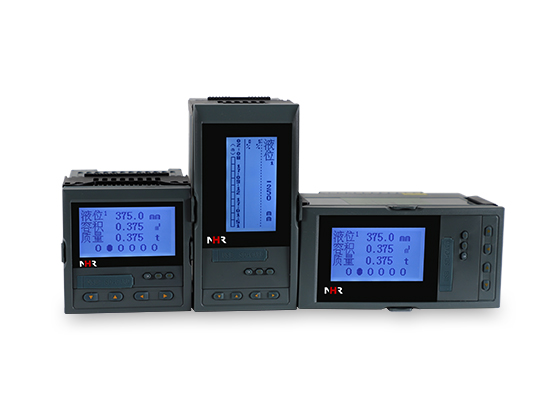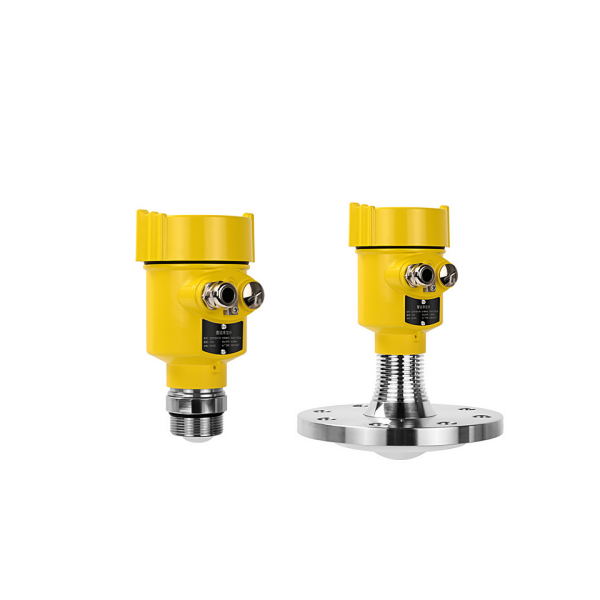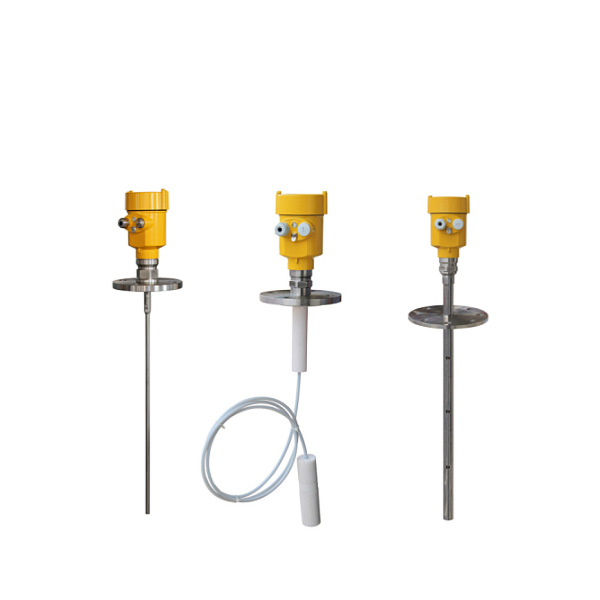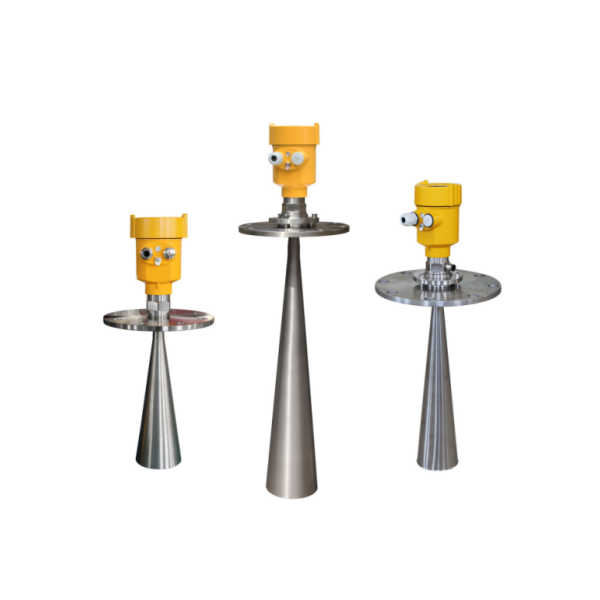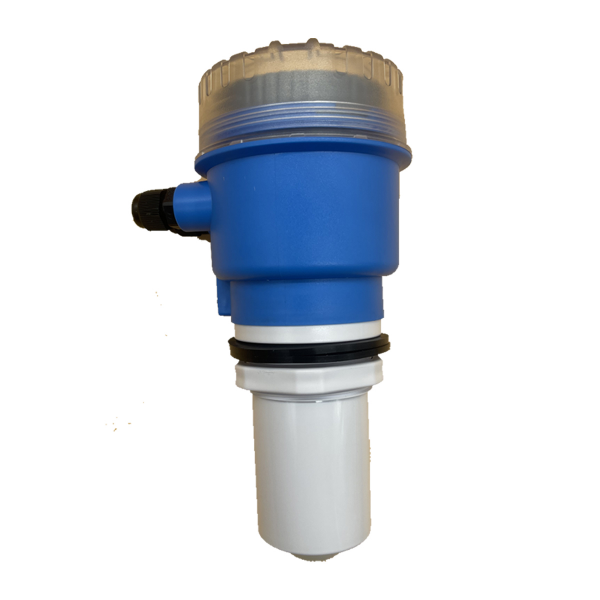What is a thermal mass flowmeter for gas?
Thermal gas mass flowmeter uses the principles of thermal diffusion and heat distribution to calculate the flow rate by using the amount of heat taken away by the gas. Thermal gas mass flow meter is a flow meter that can accurately detect the mass flow of air, natural gas, oxygen, hydrogen and other gases flowing in pipelines without temperature or pressure compensation.
How does a thermal mass flow sensor work?
Thermal gas flowmeter adopts the principle of thermal diffusion. Thermal diffusion technology is a technology with excellent performance and high reliability under harsh conditions. Typical sensing elements of thermal gas mass flow meters include two thermal resistors (PT100), one is a speed sensor and the other is a temperature sensor that automatically compensates for changes in gas temperature.
When two thermal resistors of the thermal gas mass flowmeter are placed in the medium, one of the speed sensors is heated to a constant temperature above the ambient temperature, and the other temperature sensor is used to sense the temperature of the medium. The gas mass flow through the speed sensor is calculated from the amount of heat transfer to the sensing element. As the gas flow rate increases, the heat taken away by the medium increases. The sensor temperature decreases accordingly. In order to keep the temperature constant, the operating current through the sensor must be increased, and the increased current is proportional to the flow rate of the medium.
Is thermal mass flow meter same as vortex flow meter?
No, thermal mass flow meters and vortex flow meters are different.
First of all, the vortex flowmeter is a volume flowmeter, and the thermal gas flowmeter is a mass flowmeter. The measurement principles of the two are different.
Vortex flowmeters measure based on the Karman vortex effect. When gas passes through a thread-like obstacle (vortex body) in the fluid, alternating vortices are generated behind it. Vortex flowmeters calculate the flow rate of a fluid by measuring the frequency of these vortices and the relationship between the vortex bodies.
In addition, vortex flowmeters are widely used and can measure gas, liquid, and steam. The thermal type can only measure gases.

